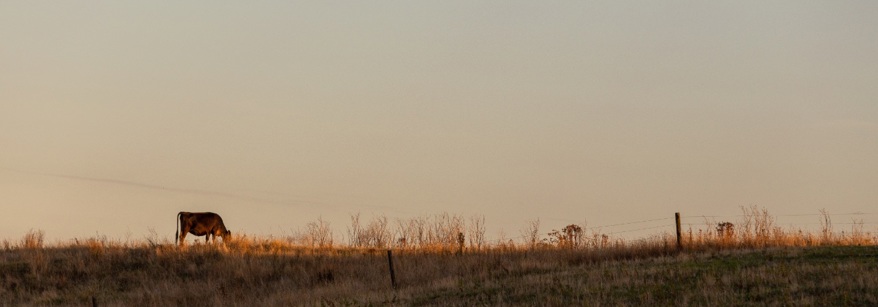Know the rules
The Resource Management Act 1991 (RMA) prescribes the functions of local government for the management of natural and physical resources.
Bay of Plenty Regional Natural Resources Plan
Under the RMA, regional councils are responsible for managing the discharge of contaminants to the environment (land, air or water) which they do through regional plans and rules. Regional rules may allow a discharge as a permitted activity, or through a resource consent, if the requirements of a permitted activity cannot be met.
Rules relating to contaminated land in the Bay of Plenty Regional Natural Resources Plan (RNRP) include:
- DW R24 (Rule 34) Permitted – Active Remediation of Contaminated Land
- DW R25 (Rule 35) Restricted Discretionary – Remediation or Disturbance of Contaminated Land
For further information on the requirements of the rules relating to contaminated land please refer to the Bay of Plenty Regional Natural Resources Plan or contact the Bay of Plenty Regional Council to discuss with the Duty Planner.
Resource Management Regulations 2011
The National Environmental Standard for Assessing and Managing Contaminants in Soil to Protect Human Health (NES:CS) came into effect on 1 January 2012 and is a nationally consistent set of planning controls and soil contaminant values. They make sure that land affected by contaminants in soil is appropriately identified and assessed before it is developed.
If your land is or has been affected by a hazardous activity or industry as described on the Ministry for the Environment’s (MfE) Hazardous Activities and Industries List (HAIL) and you want to do a specified activity, as outlined below, you will need to comply with the NES:CS.
- Removing or replacing of fuel storage systems or part of a fuel storage system.
- Soil sampling.
- Earthwork activities/soil disturbance.
- Subdivision of land.
- Change of land-use.
Note: The enforcement of the NES:CS requirements sits with the territorial authority rather than the Regional Council.
For further information on the requirements of the NES:CS please refer to National Environmental Standard for Assessing and Managing Contaminants in Soil to Protect Human Health: Information for landowners and developers or contact your local district or city council to discuss.


